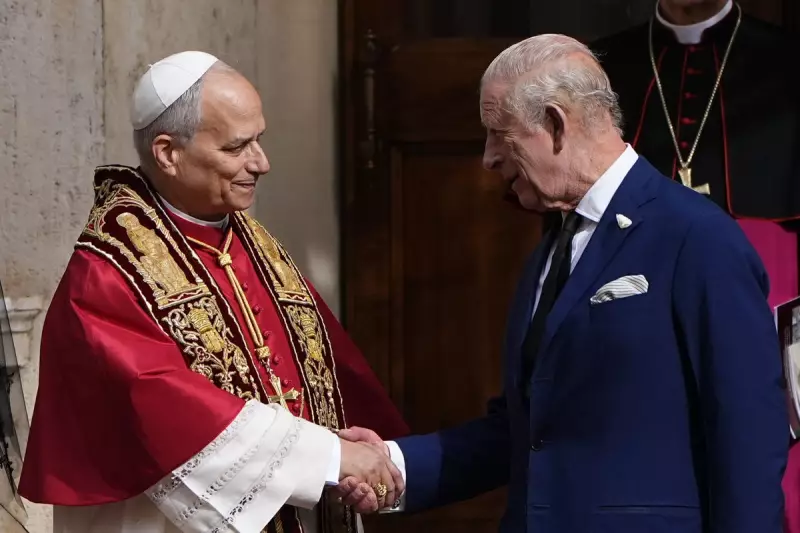
In a significant cultural and diplomatic development, the Vatican has formally declined a personal request from King Charles III to loan one of the Sistine Chapel's most important Renaissance artworks to Britain.
The rejected masterpiece was Raphael's The Transfiguration, a pivotal fresco that the King had hoped to display as the centrepiece of a major exhibition celebrating Italian art and culture in the United Kingdom.
Cultural Heritage Laws Prove Insurmountable
According to Vatican officials, the decision stems from Italy's rigorous cultural protection legislation, which severely restricts the movement of nationally significant artworks. The legislation specifically prohibits the loan of works deemed "immovable" due to their profound cultural importance and fragile nature.
Raffaella Morselli, an art history professor involved in the negotiations, revealed that the Vatican had initially shown willingness to accommodate the royal request. However, Italian authorities ultimately determined that Raphael's masterpiece fell under protected classification, making international transport legally impossible.
A Royal Vision for Cultural Exchange
King Charles, known for his deep appreciation of art history, had personally championed the loan as part of his vision to strengthen cultural ties between Britain and Italy. The proposed exhibition was intended to showcase the enduring influence of Italian Renaissance art on British culture.
The Transfiguration, completed by Raphael in 1520 just before his death, represents the culmination of the High Renaissance and is considered one of the most important works in the Vatican's extensive collection. Its presence would have transformed the British exhibition into an international cultural event.
Broader Implications for Cultural Diplomacy
This decision highlights the ongoing tension between international cultural exchange and national heritage protection. While many countries have established strict laws to preserve their cultural treasures, such restrictions can complicate diplomatic relations and limit public access to significant artworks.
The Vatican's refusal, while disappointing to British cultural organisers, underscores the increasing global emphasis on preserving artistic masterpieces in their original contexts rather than risking damage through international transport.
Despite this setback, discussions continue regarding potential alternative collaborations between British cultural institutions and the Vatican's extensive art collections.





